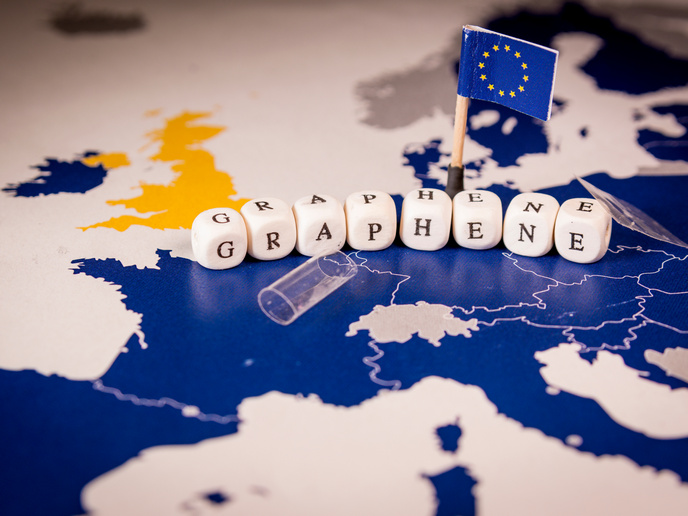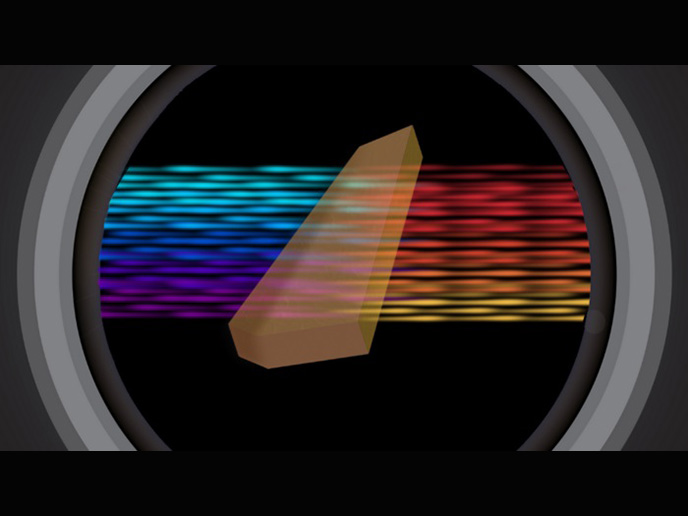Quantum vibrations related to heat and electricity
Thermoelectric materials are gaining widespread attention for their potential in green power generation, green refrigeration and efficient 'spot' cooling of electronic devices (increasing computing speed). These materials produce a voltage difference in response to a temperature difference and vice versa. Some of their novel thermal responses are due to coupling between electrons and phonons. Phonons are quanta of vibrational energy typically in a crystal lattice or a solid. Like their electromagnetic counterparts (photons), these phonons or vibrations have frequencies and wavelengths and thus generate associated spectra. Scientists developed new mathematical descriptions of phonon behaviours with EU funding of the project 'Non adiabatic vibrational spectra from first principles' (NON ADIABATIC PHONON). In particular, they applied two recent methodologies to explore the contribution of non-adiabatic and anharmonic effects to phonon spectra in thermoelectric materials. The former refers to conditions under which heat enters or leaves the system. The latter refers to vibrations and deviations at multiples of the harmonic or natural frequency in addition to the natural frequency itself. The team developed a computer interface to a self-consistent phonon implementation that extracts ionic forces to calculate the temperature dependence of the phonon spectra. Scientists then applied the code to lead telluride (PbTe), a promising thermoelectric semiconductor material whose thermoelectric response has not yet been completely described. The completed version of the code for non-adiabatic phonon dispersion calculations and anharmonic thermal effects within a material is expected within the next few months. Along the way, researchers developed strong ties and a collaborative network with other institutions in Europe to produce future joint proposals of value. Thermoelectric materials are the subject of extensive investigation for applications ranging from large-scale buildings to small-scale individual microelectronic components. Characterising their response properties is critical to advancements in the field to optimise cost-effectiveness and sustainability. NON ADIABATIC PHONON has made a major contribution to this effort with modelling code and numerical methods to describe novel behaviours.







